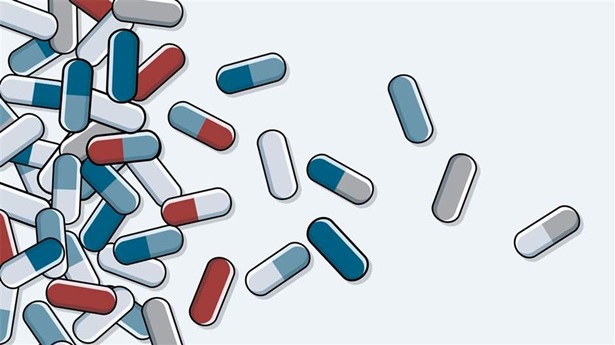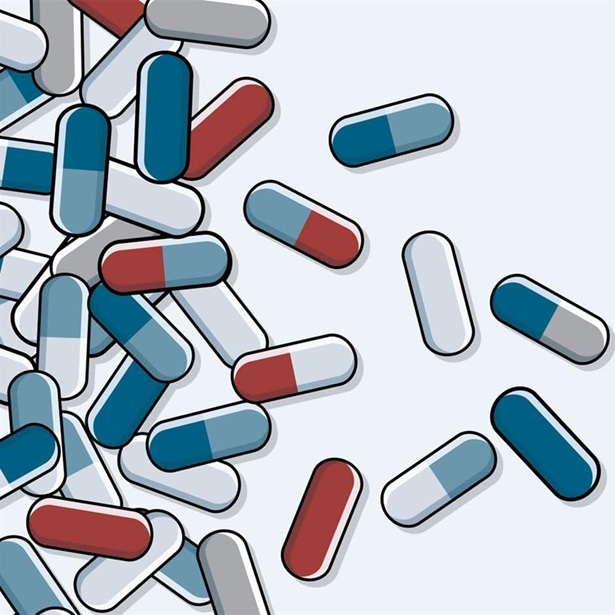Technology Offers Solutions to Ease Burdens on Clinicians
New tools for data sharing can help clinicians improve care

Over the course of a decade, cellphones evolved from devices used primarily to place calls into hand-held computers capable of accessing the internet, editing pictures, communicating with people through social media, and executing daily tasks such as banking and shopping for essentials. Now new rules from the Office of the National Coordinator for Health Information Technology (ONC) have the potential to transform electronic health record (EHR) systems in similar ways, improving their ability to exchange data and allowing clinicians to use innovative apps to aid in diagnosis and treatment.
The rules include noteworthy provisions around application programming interfaces, or APIs. Many Americans already use programs that rely on these types of interfaces, perhaps without realizing it. For example, APIs are the underlying technology that enables online shopping and personal finance tracking. If broadly used in health care, they could usher in a new era for EHRs, enabling patients, clinicians, and researchers to access data in simpler, more efficient ways than they’re able to today.
Much of the focus on APIs has been on empowering patients by giving them access to clinical notes and other data that can make individuals more likely to follow through on tests and referrals. However, APIs can play other important but often unmentioned roles: reducing many of the administrative tasks that burden health care professionals and improving care through the use of programs that inform the selection of medications, analyze tests, and support countless other clinical decisions.
These clinical decision support (CDS) programs are designed to assist providers faced with challenging diagnostic, treatment, and other clinical problems; health care professionals rely on APIs to access the needed data from hospital or office EHR systems. For example, a CDS app could incorporate the latest guidance for how to manage people with COVID-19 in various settings. Ultimately, API-enabled EHRs should act more like smartphones and tablets on which apps can easily be installed and removed. To be successful, APIs can and should also provide a high level of data security and instill trust that medical records remain private and protected.
APIs could also help move clinicians away from having to share a patient’s entire written record even when only a small portion needs to be exchanged; this can add an unnecessary burden to clinicians by giving them a large amount of nonessential information. Currently, clinicians who need specific information from a patient’s medical record—for example a vaccination history or a previous test result—may have to sort through hundreds of pages of data and notes to find what they need. APIs, however, could allow clinicians to obtain only the precise data they need, such as a recent treatment plan from a specialist. APIs can also reduce barriers to finding and sharing data among different EHR products.
Congress, federal agencies, and the private sector are all taking steps to support the use of APIs to improve clinician communication and CDS tools. However, several challenges must be addressed to fulfill the promise of APIs. As EHR developers, health care facilities, clinicians, and government work together to advance effective use of secure APIs and apps, they should consider:
- More useful data. Making MRI scans and other information available via APIs would give CDS tools more relevant data and let clinicians access past diagnostic tests and reports from their EHR. That, in turn, could make CDS tools more robust and reduce duplicative tests. For example, having a scan of a patient’s lungs could help a clinician rule out specific illnesses without reordering the test or waiting hours for faxed reports.
- Write access. Currently, federal requirements and EHR vendors are focused on read-only API access, which pulls information out of the EHR but does not allow it to be edited. That’s why write access, or the ability to securely add information to the EHR, is the logical next step in the evolution of APIs. However, until that happens problems will persist. For example, clinicians who decide to prescribe a more effective antibiotic because of a recommendation from a CDS tool have to add it into the EHR themselves. The program can’t do it. This means valuable time lost and increased opportunity for error. On the other hand, when apps have the ability to edit medical records, data security must be front and center. ONC, in recent rule-making, has also paved the path for write access by adding provenance, or a record of where and when specific information was entered. Knowing the origin of information and how recent it is helps maintain data quality and gives clinicians critical context.
- CDS Hooks. Many CDS tools need to be launched manually, so clinicians must be aware that the app is an option before using it. CDS Hooks is an emerging technology that allows the EHR to constantly communicate with a variety of apps in the background, offering suggestions on tools to use based on unique clinical circumstances, and integrating those tools directly into the clinician’s workflow. For example, when prescribing an antibiotic, CDS Hooks technology may suggest launching an app to help select a medication based on a patient’s allergies, previous condition, or drug cost. While CDS Hooks is still in development, ONC and developers should work with clinicians and hospitals to identify gaps and assess opportunities to build confidence in its use.
Now that ONC has laid the groundwork for a national health IT infrastructure based on APIs, the agency should take steps to fully leverage safe and effective tools to transform the patient and clinician experience in health care. EHRs contain a trove of information; the federal government should ensure, through its current regulations and future ones, that APIs can improve the sharing and use of that data in new and exciting ways.
Ben Moscovitch is project director and Ashley Ashworth is a senior associate with The Pew Charitable Trusts’ health information technology initiative; Matt Reid is senior health information technology consultant and Laura Hoffman is assistant director of federal affairs at the American Medical Association.











